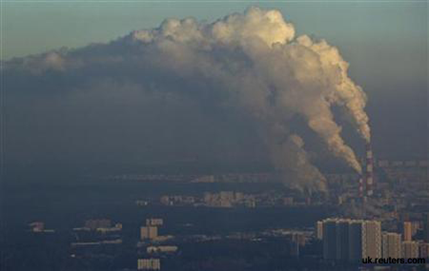The fate of disposed carbon dioxide
Published: 5 October 2015
The fate of injected and sequestered CO2 is the focus of the recently published study by Domokos Györe and co-authors (International Journal of Greenhouse Gas Control, 42, November, 2015).

The fate of injected and sequestered CO2 is the focus of the recently published study by Domokos Györe and co-authors (International Journal of Greenhouse Gas Control, 42, November, 2015).
The increasing concentration of atmospheric carbon-dioxide (CO2), and the consequent global temperature increase, requires urgent action. The sequestration of industrial CO2 into deep geologic reservoirs (carbon capture and storage, CCS) has the potential to eliminate decades of emissions. Natural gas has been retained in reservoirs in the Earth’s crust for 10’s millions of years and most of the technical aspects of artificial CO2 injection and storage are well established by the implementation of the analogue enhanced oil recovery (EOR) technique since 1970s. However, determining the fate of the injected CO2, and the mechanism of storage, requires the development of techniques that can uniquely fingerprint the injected CO2.
The SUERC researchers collected gas samples from the largest non-power plant associated CO2-EOR field in operation (Cranfield, Mississippi, USA). The isotope composition of the naturally occurring noble gases (He, Ne and Ar) in the injected gas was measured in underground gases over three years of CO2 injection. These ratios track the movement of the injected CO2 through the reservoir and demonstrate that a significant proportion of the CO2 has been lost from the gas phase. The technique holds great potential for identifying and quantifying CO2 storage in future large scale CO2 sequestration projects, as well as fingerprinting shale and coal bed-derived methane for environmental monitoring purposes.
Paper available via ScienceDirect
First published: 5 October 2015
<< News

